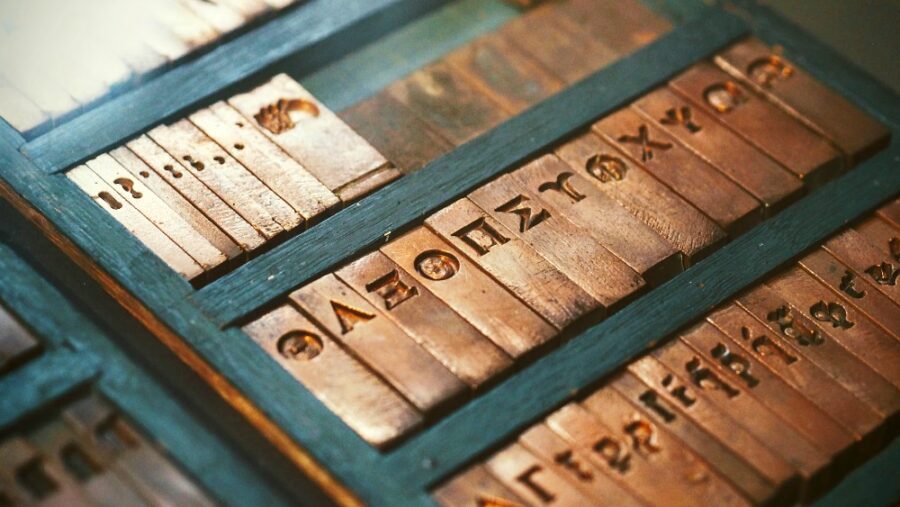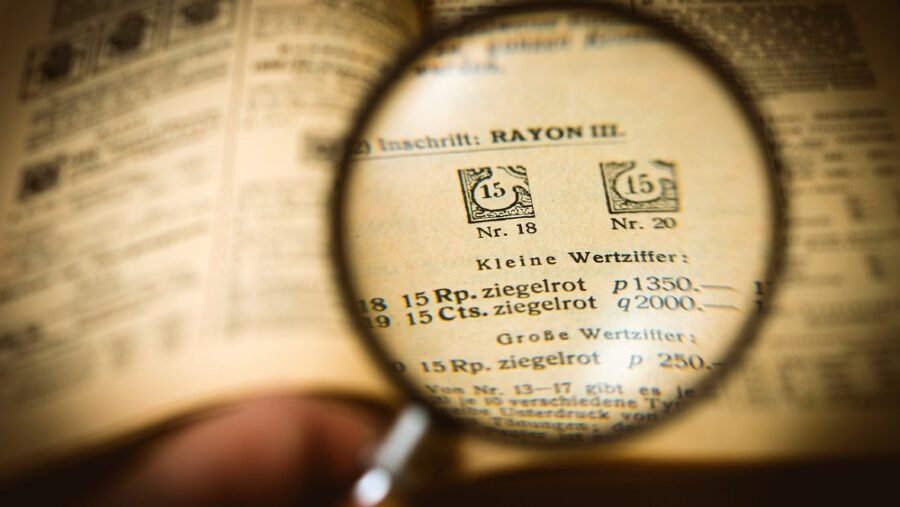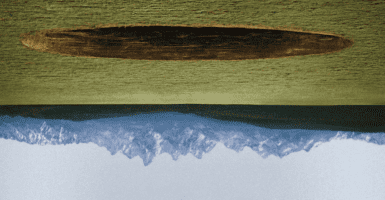Secret Message Discovered Contains Ancient Forgotten Code
By Jeffrey Rapaport | Published

A long-forgotten code employed in the 19th century, concealed within the folds of a Victorian-era silk dress, has recently been solved—and with it, a decade-old mystery.
These chains of outwardly random words baffled codebreakers for almost ten years.
An archaeological curator, Sara Rivers-Cofield, purchased the dress in Maine and discovered the fascinating, slightly scary, secret message on a ball of paper hidden in the dress’s pocket. Decrypting the mysterious code on the balled paper amounts to a significant breakthrough in historical cryptography.
The messages that Rivers-Cofield happened upon initially struck her as nonsensical phrases. The archeological curator encountered choice lines such as: “Grub wrongful hug duck fagan each” and “Calgarry Cuba Unguard confute duck fagan egypt.”
These chains of outwardly random words baffled codebreakers for almost ten years. They dubbed the phenomenon the “Silk Dress cryptogram,” ranking the secret message among the world’s top 50 unsolved codes and ciphers.
But no Dan Brown-esque thriller—which one can easily compare the Silk Dress cryptogram saga to—is fit without a dramatic breakthrough.

Indeed, Wayne Chan, a computer analyst at the University of Manitoba, finally broke the code and deciphered the strange phraseology. Chan went on to publish his groundbreaking, exciting research in the esteemed journal Cryptologia, findings revealing that the messages, of all things, were metrological observations.
The kind of telegraphic code Chan unveiled the enigmatic writing to be was once widely used by the United States Army and the Weather Bureau to facilitate the sharing of city forecasts, all during an era when telegraph costs were excessive.
The archeological curator encountered choice lines such as: “Grub wrongful hug duck fagan each” and “Calgarry Cuba Unguard confute duck fagan egypt.”
The secret message is compressed, complex weather data represented by outwardly contextless words. A knowledgeable recipient of the coded message would learn detailed information concerning weather stations, pressure, temperature, dew point, wind, precipitation, and river height simply by reading a string of code like “‘Memphis Target Kernel One Nile Bigot Tide.”
Reduced to components, the enigmatic code embodied specific meteorological values. The cryptic system facilitated efficient and affordable communication of meteorological forecasts across the young nation.
Needless to say, Chan’s discovery enjoys remarkably historic significance.
His research demonstrates that government officials used secret messages like the one in the Victorian dress to create national weather maps. The Silk Dress cryptogram applies to several American and Canadian weather stations of yore; it is a unique, surviving example of this largely esoteric coding practice.
Chan could even connect the deciphered message to an exact date; the weather data stems from May 27, 1888, and was probably sent to a War Department telegraph room in Washington, DC.
The messages, of all things, were metrological observations.
History and esoterica enthusiasts will be forgiven for wondering: why conceal secret messages in a barely accessible pocket of a silk dress in the first place? It’s a good question–one that is, as of now, unanswered. Bearing the name “Bennet,” the dress offers tantalizing but frustratingly spare clues, leaving the original owner’s identity and intentions to the imagination.
The intriguing discovery sheds light on a unique facet of 19th-century communication and opens a window into the daily operations and largely obscure roles of clerical staff in the War Department.
The full story behind the silk dress and its mysterious message may never be totally understood. However, unraveling the code contributes a fascinating chapter to the history of cryptography and meteorology.
Source: Cryptologia












